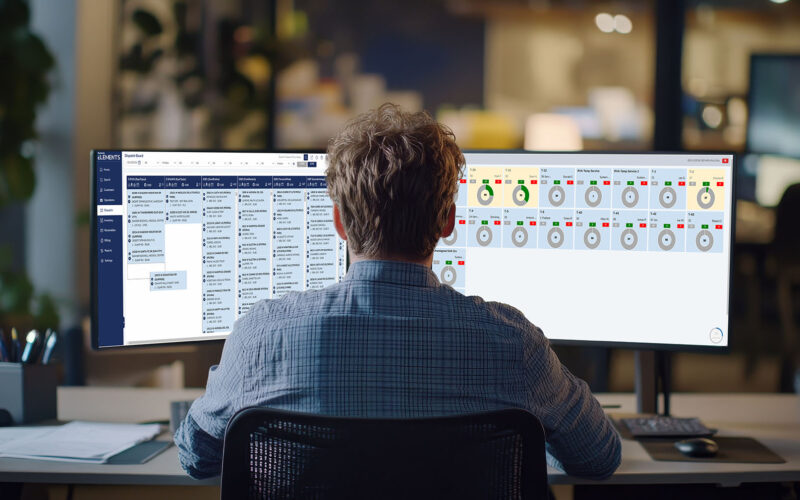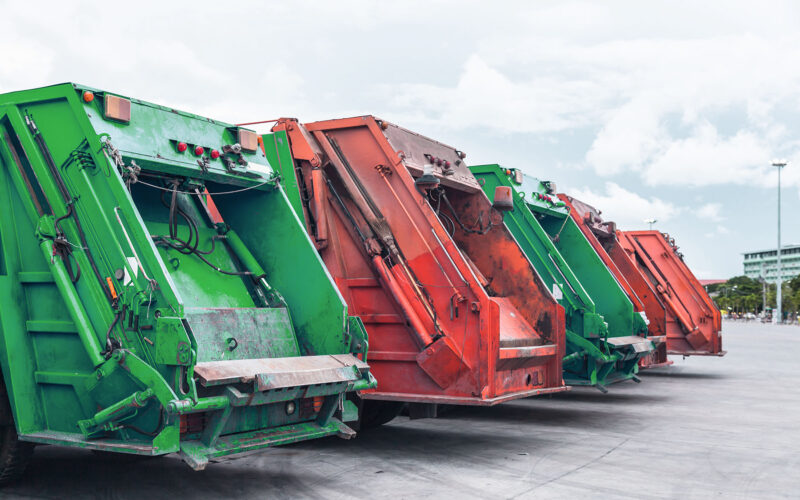Route Digitization
Create a digital record of stops, routes, and assets to optimize resources and effectively manage change.
Maximize the impact of your fleet with Routeware’s powerful, industry-leading route optimization software
Route design is complex, but your route optimization software shouldn’t be. Our fast and easy to-to-use software empowers customers to digitize their systems, densify and edit routes with ease, and optimize entire fleets—all without the assistance of expensive GIS specialists.

Create a digital record of stops, routes, and assets to optimize resources and effectively manage change.

Maintain route performance as new stops are added so you don’t lose efficiency over time.

Balance work more effectively between routes to accommodate growth or deliver existing services using fewer trucks.

Update routes and re-assign stops in real-time and automatically sequence routes to ensure optimal efficiency.
Whether you are looking to increase the productivity of your fleet or expanding into new territory or waste streams, route optimization is an ideal way to cut costs without reducing service. The benefits to fleet operators, drivers, and customers are both immediate and impactful.
Route optimization is a core component of Routeware’s flagship products, designed to support the unique needs of haulers and governments. With a focus on adaptability, ease-of-use, and seamless connectivity, our products provide unrivaled value to our customers.
Technology is an investment that should be rewarded with obvious ROI, quantifiable results, and actionable insights. Across a range of goals, from balancing routes to streamlining billing, Routeware customers are exceeding even their own highest expectations.
Routeware is the leading supplier of fleet optimization to the solid waste industry. We can provide both optimization software and consultancy services. Whether it’s adding new stops to routes, rebalancing work between trucks, or a full re-route of thousands of properties, we can help you minimize vehicle numbers without disrupting your service.
Route design is complex, but your route optimization software shouldn’t be. Routeware is easy enough for solid waste and environmental professionals to use directly, meaning you don’t need to rely on expensive GIS colleagues or consultants. However, given the underlying complexity that must be dealt with, we never leave our customers with the impression that route optimization is simple. We offer the easiest way to tackle a complex problem.
Solid waste haulers use routing and scheduling software to plan routes that operate on a regular schedule, such as residential or commercial waste collections. Adding and removing stops, assigning to drivers, calculating efficient sequences, and making sure routes can be done on time all require purpose-built solid waste routing software.